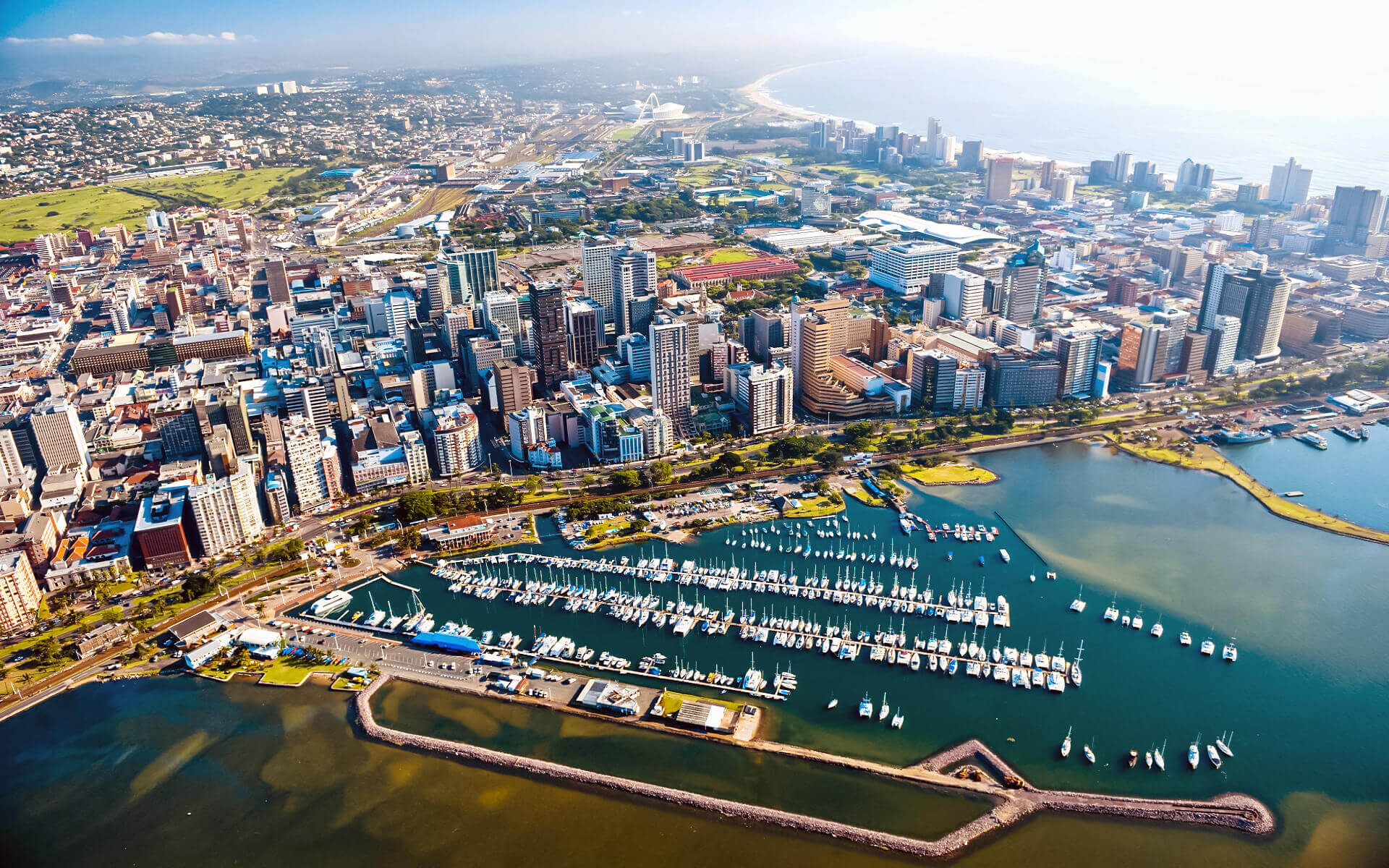Durban is the biggest city in the KwaZulu-Natal province of South Africa. After Johannesburg, the Durban Metropolitan Area ranks second among South Africa’s most populated cities, almost ex-aequo with Cape Town. It is also South Africa’s second-largest industrial center, behind Johannesburg. It is a component of the Metropolitan Municipality of eThekwini.
Durban is known for being South Africa’s busiest port. Because of the city’s mild subtropical climate and large beaches, it is also considered one of the key tourist destinations. The united municipality, which includes neighboring towns, has a population of almost 3.5 million people, making it one of the largest cities on the African continent’s Indian Ocean coast. The metropolitan land area of 2,292 square kilometers (885 square miles) is bigger than that of other South African cities, resulting in a population density of 1,513 people per square kilometer (3920 people per square mile). It boasts the biggest annual addition of dollar millionaires of any South African city, with a 200 percent increase between 2000 and 2014.
Durban, along with Vigan, Doha, La Paz, Havana, Beirut, and Kuala Lumpur, was named one of the New7Wonders Cities in May 2015.


